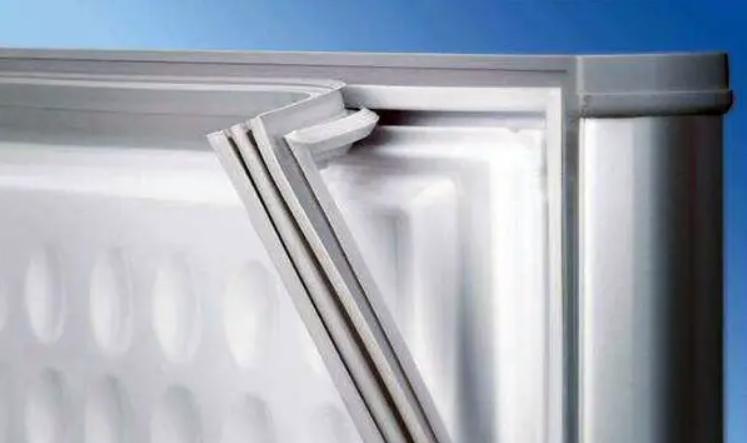Oct . 09, 2024 21:56 Back to list
Effective Weather Stripping Solutions for Patio Door Bottoms to Enhance Energy Efficiency
Understanding Patio Door Bottom Weather Stripping
When it comes to maintaining a comfortable and energy-efficient home, weather stripping around patio doors is often overlooked. However, it plays a crucial role in preventing drafts, reducing energy costs, and enhancing the overall comfort of a living space. One of the most vital components of weather stripping is the bottom weather stripping for patio doors, which serves to seal the gap between the door and the threshold.
The Importance of Weather Stripping
Weather stripping is designed to block air leaks, moisture, and even pests from entering your home. Over time, the weather stripping on your patio doors can wear out due to exposure to the elements, leading to problems such as drafts and increased energy bills. When the bottom of your patio door is inadequately sealed, conditioned air escapes, making your heating and cooling systems work harder.
Types of Bottom Weather Stripping
There are several types of bottom weather stripping materials available, each with its unique characteristics. The most common materials include
1. Vinyl This is a popular choice due to its durability and resistance to UV rays. Vinyl weather stripping is flexible, which allows it to conform to the various shapes and surfaces it encounters.
2. Foam Made from closed-cell polyethylene or polyurethane, foam weather stripping is an excellent insulator. It fills gaps effectively and is ideal for areas that experience significant temperature fluctuations.
3. Felt Although less durable than vinyl or foam, felt weather stripping is easy to install and can provide decent insulation. It’s best used in less exposed areas as it can absorb moisture over time.
4. Rubber This material is highly effective in sealing gaps and tends to last longer than felt. Rubber weather stripping can handle temperature extremes, making it suitable for patio doors.
patio door bottom weather stripping

Installation Tips
Installing bottom weather stripping for your patio door is a straightforward DIY project. Here’s how you can do it
1. Measure the Gap Determine the size of the gap between the bottom of the door and the threshold. Accurate measurements are crucial for a successful installation.
2. Choose the Right Material Based on your climate and the door’s usage, select a weather stripping material that meets your needs.
3. Clean the Surface Before installation, ensure that the surface is clean and dry to allow for proper adhesion.
4. Cut and Apply Cut the weather stripping to the appropriate length, then peel off the backing (if adhesive) and press it firmly into place.
5. Check the Seal After installation, close the door and check for drafts. Make adjustments as necessary to ensure a tight seal.
Conclusion
Investing in quality bottom weather stripping for your patio doors is an essential step towards enhancing your home’s energy efficiency and comfort. Regular maintenance and timely replacement of worn-out weather stripping can significantly impact your energy bills and indoor comfort. So, don’t neglect this small but crucial element of your home!




